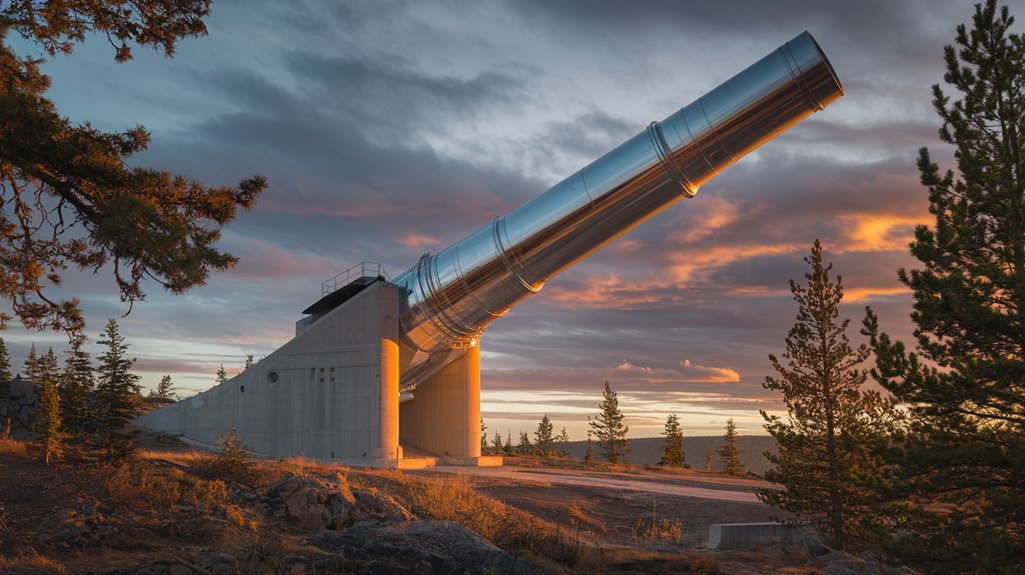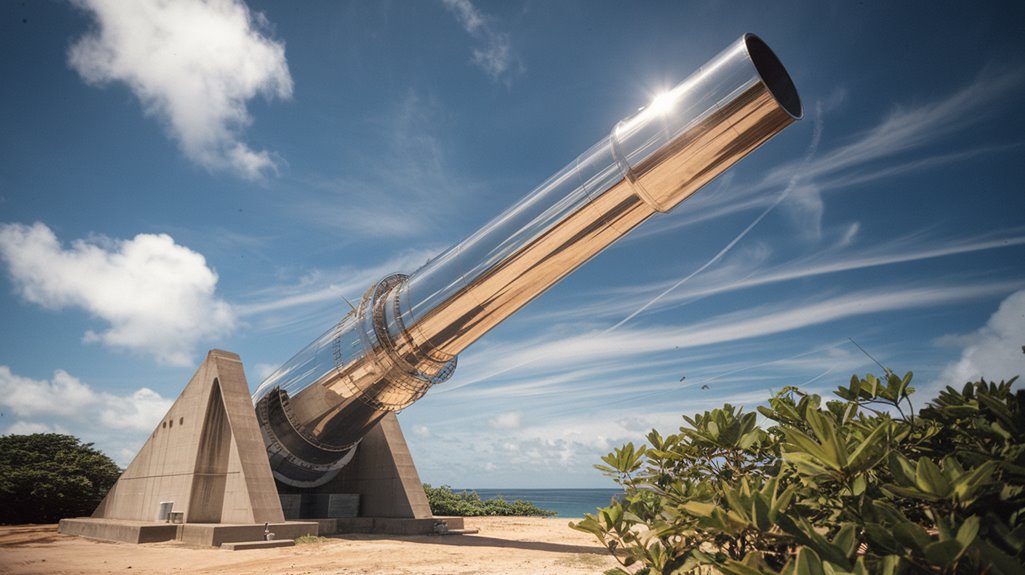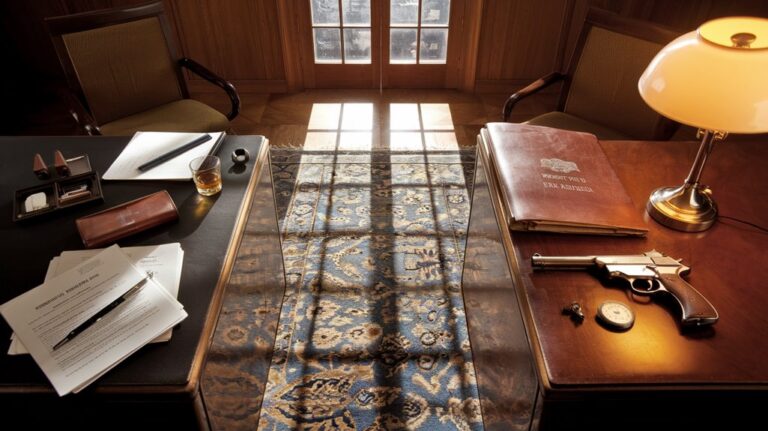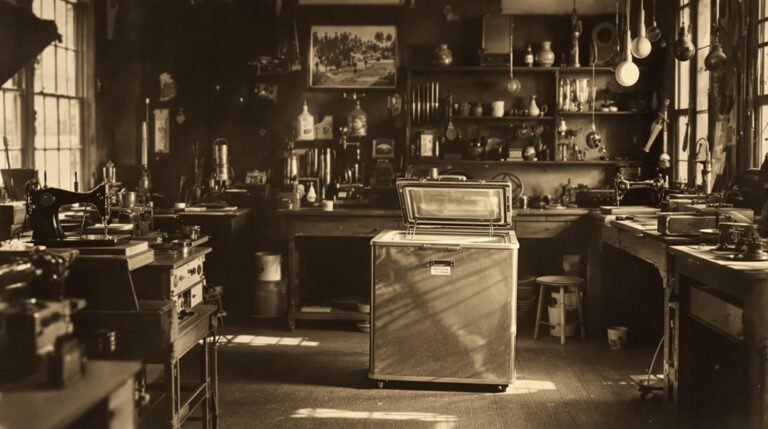A Giant Cannon to Launch Satellites? Canada’s Boldest Idea
Just as Jules Verne dreamed up a giant space gun in his novels, you've probably wondered about alternative ways to reach orbit. In the 1960s, Canadian scientists didn't just wonder—they built it. Project HARP transformed a 16-inch naval cannon into the world's largest space gun, aiming to launch satellites at a fraction of rocket costs. While you might think this sounds like science fiction, the massive gun in Barbados actually sent projectiles soaring 150 kilometers above Earth's surface.
The Space Race's Most Unconventional Launch System
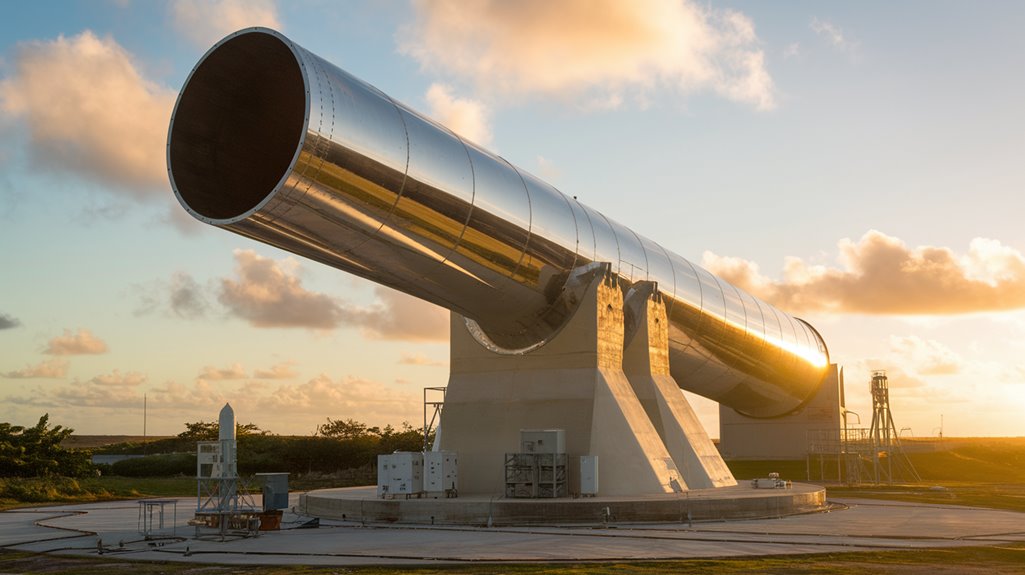
While most space programs focused on conventional rockets during the Space Race, Canada pursued a radically different approach with Project HARP in the 1960s.
You might've thought launching satellites required traditional rockets, but this unconventional engineering project aimed to fire projectiles into orbit using massive naval guns stationed in Barbados.
The kinetic launch concept wasn't entirely new – it drew inspiration from Jules Verne's imaginative works and fundamental physics principles. Like modern alternatives such as SpinLaunch's centrifuge, the project explored high-speed mechanical acceleration.
However, practical limitations emerged quickly. The gun's diameter couldn't exceed 16 inches without becoming unfeasible, and the extreme forces involved posed significant technical challenges. Modern advancements in electronics now allow components to withstand up to 10,000 g forces.
Despite its ultimate failure, Project HARP demonstrated remarkable innovation and laid groundwork for modern alternatives like SpinLaunch, which continues to explore non-rocket methods of reaching orbit.
Gerald Bull's Vision: Trading Rockets for Superguns
As the Space Race intensified after Sputnik's launch, Canadian scientist Gerald Bull envisioned a revolutionary way to reach orbit – not with rockets, but with massive guns. His unconventional approach promised dramatic improvements in satellite economics, offering a cheaper alternative to expensive rocket launches.
Bull's vision materialized through three groundbreaking achievements:
- Setting a world altitude record in 1966 with a gun-launched projectile.
- Developing Project HARP, which demonstrated the feasibility of gun-based space launches.
- Creating Project Babylon, a 156-meter supergun commissioned by Iraq in 1988.
While the military implications of his work eventually raised international concerns, Bull's innovative concepts weren't entirely far-fetched. The young prodigy had shown early promise when he entered University of Toronto at sixteen years old.
Modern researchers continue exploring gun-launched satellite systems, focusing on overcoming technical challenges like payload survivability and acceleration stress. You'll find his influence in contemporary projects at facilities like Lawrence Livermore National Laboratory. These facilities have proven that exploding hydrogen could propel objects to orbital velocities, validating aspects of Bull's original vision.
Building the Monster: Engineering Behind Project HARP
The engineering behind Project HARP stands as a tribute to human ingenuity in the quest for affordable space access.
You'll find the project's cannon design pushed the boundaries of what was possible, featuring high-strength materials capable of withstanding extreme pressures and temperatures. The team developed innovative sabots to protect their payloads during the intense firing process. The ambitious project began with two 40cm battleship guns acquired from the U.S. Navy. The construction required hundreds of local workers and a temporary railway system to transport the massive 140-ton gun tubes.
Through careful projectile innovation and rigorous testing, they conquered major technical hurdles like protecting guidance systems from massive G-forces and shielding payloads from atmospheric heating.
Starting with smaller 76mm guns at CARDE, they eventually scaled up to massive 16-inch HARP guns. Their efforts paid off when the Martlet 2 missile shattered records, reaching an impressive altitude of 179 kilometers – proving that a supergun could indeed serve as a launch platform.
Breaking Records: From Barbados to the Edge of Space
Situated along Barbados's pristine coastline, Project HARP's test site revolutionized the boundaries of space exploration using two massive 40cm battleship guns.
The project's record achievements began with initial Martlet firings reaching 26 kilometers, but the team wasn't satisfied. The specialized projectiles required 1225 pounds of powder to achieve their remarkable velocities.
To push altitude milestones further, engineers made three essential modifications:
- Extended the barrel by 16 meters, reaching a total length of 36 meters
- Developed a precision-crafted wooden sabot system to maximize projectile efficiency
- Designed advanced Martlet variants capable of reaching orbital heights
These innovations paid off spectacularly when, on July 1, 1965, HARP shattered records by launching a Martlet II projectile to an astounding 150 kilometers.
While orbital flight remained elusive due to technical limitations, you'd be hard-pressed to find a more ambitious attempt at reimagining space access.
The Legacy of Earth's Biggest Space Gun
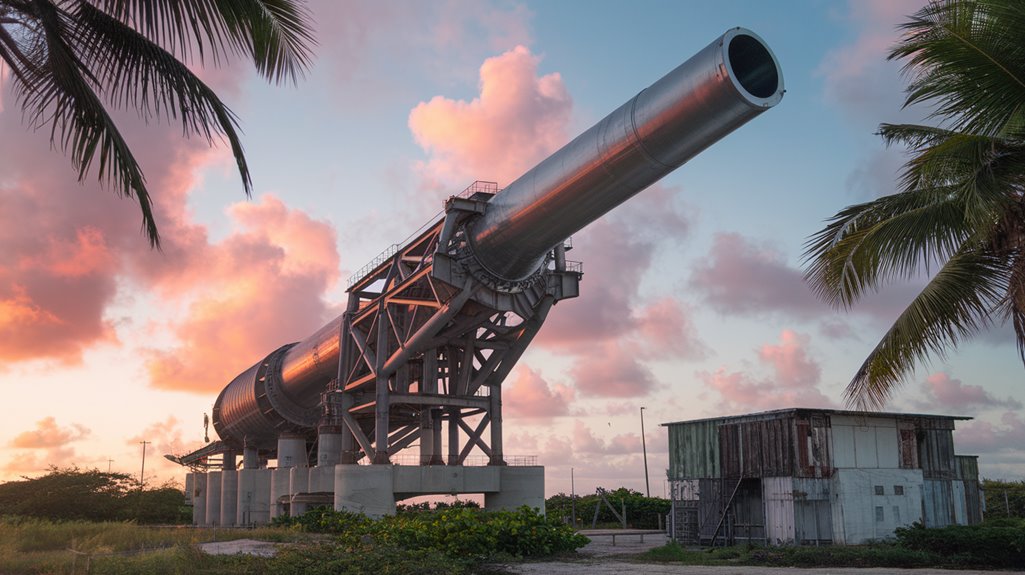
While modern rockets dominate today's space industry, Project HARP's innovative gun-launch system left an indelible mark on aerospace history.
The 122-foot-long gun in the Arizona desert stands as a monument to this ambitious endeavor that sought to revolutionize space exploration.
You'll find its implications echoing through subsequent space launch initiatives, from Project SHARP's light gas guns to Quicklaunch's ambitious kilometer-long launcher concept.
HARP's revolutionary approach to satellite economics sparked renewed interest in alternative launch methods, inspiring Gerald Bull's ill-fated Project Babylon in the 1980s. The ambitious project included plans for a 156-metre barrel that would have been the largest gun ever constructed.
Though the emergence of reusable rockets like SpaceX's Falcon 9 has shifted the economic landscape of space launches, HARP's legacy lives on as a testament to human ingenuity.
The project's pioneering spirit challenged conventional thinking about space access, proving that sometimes the boldest ideas come from reimagining existing technologies in extraordinary ways.

